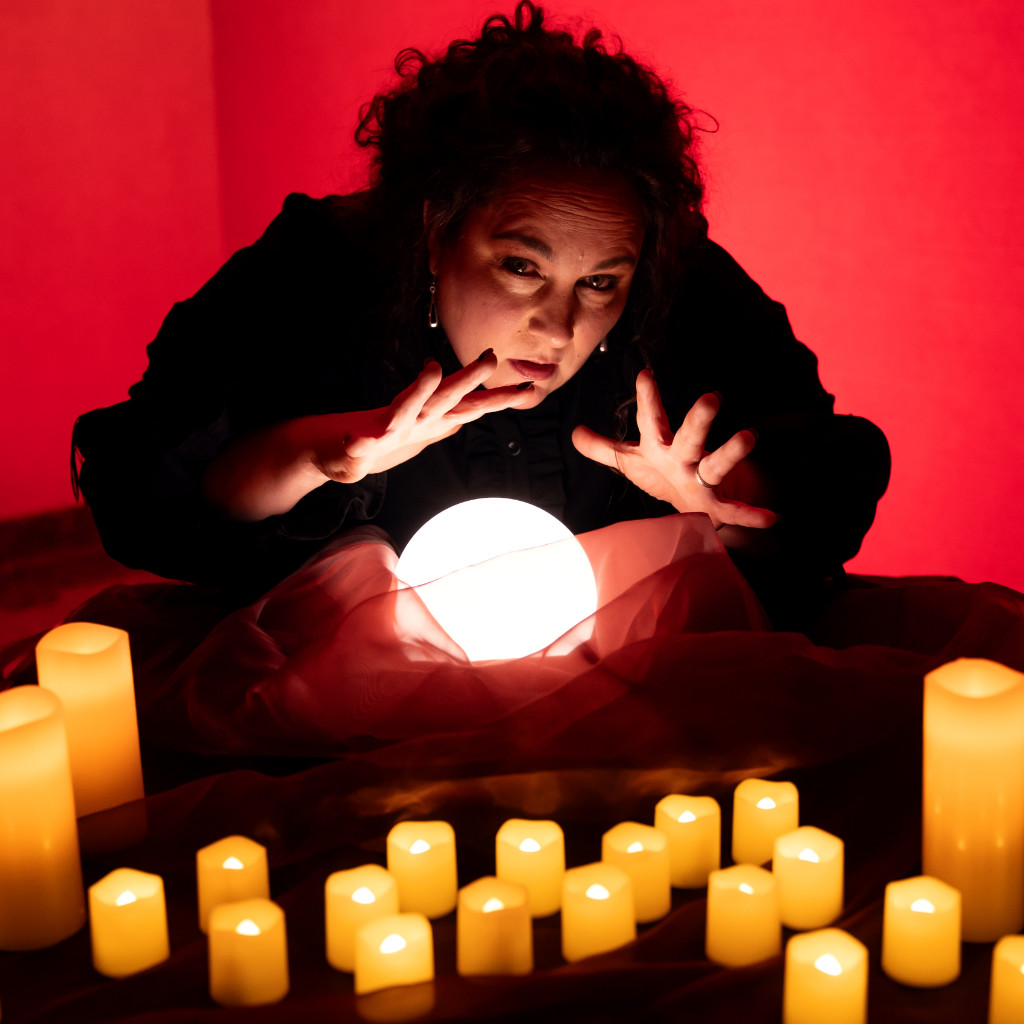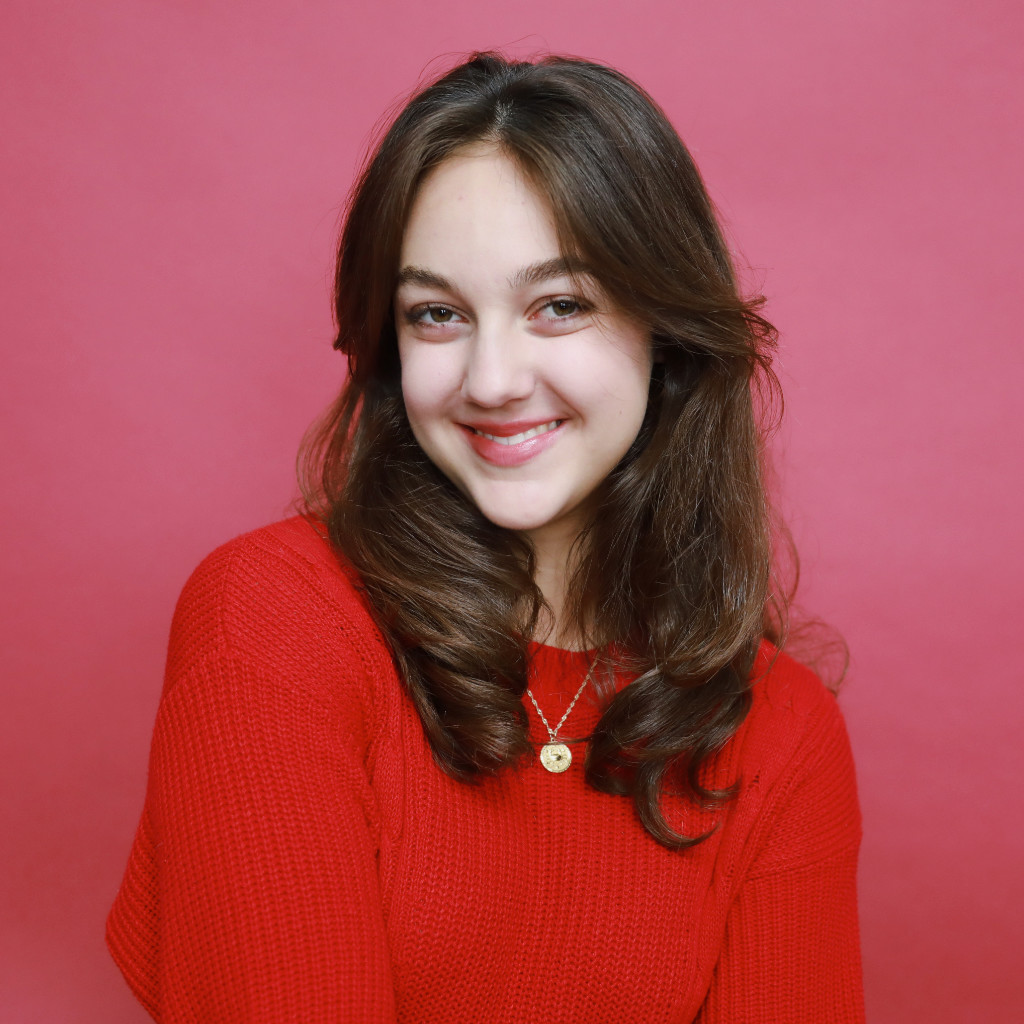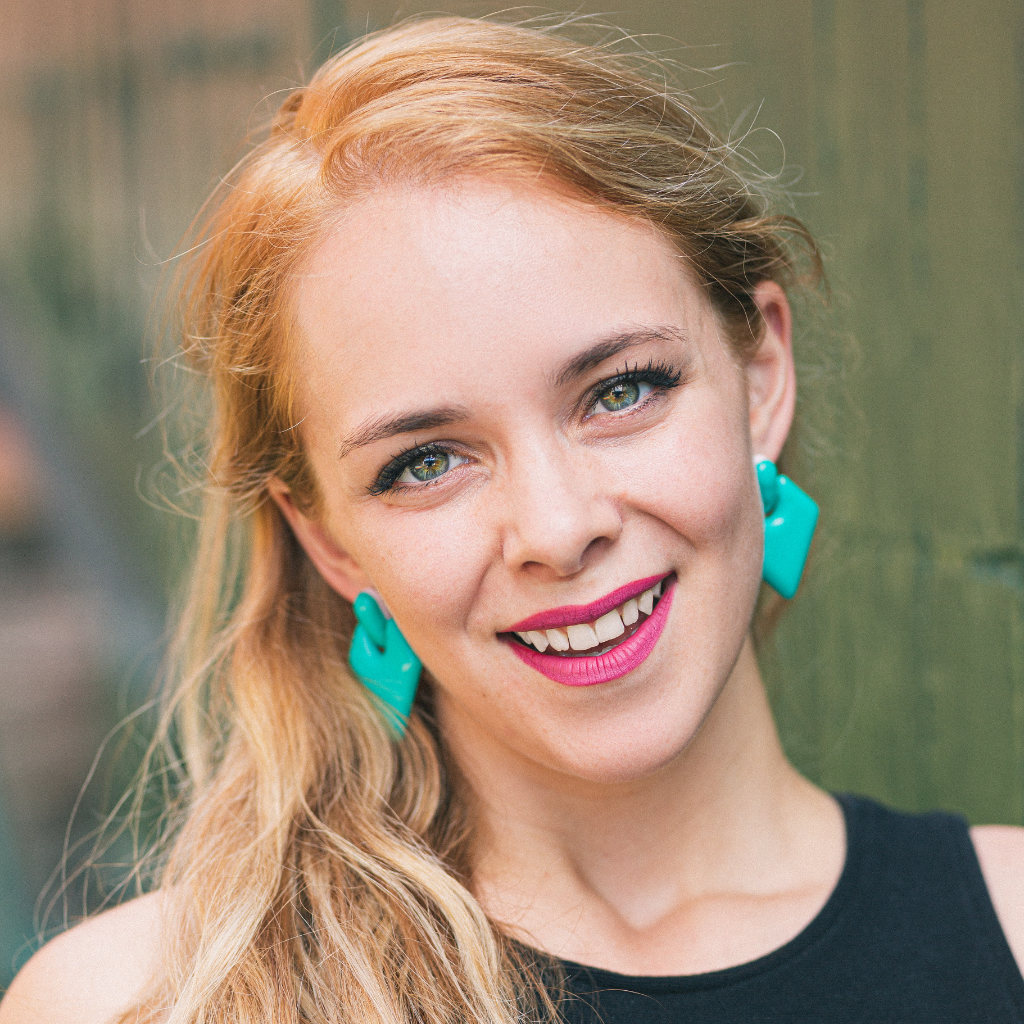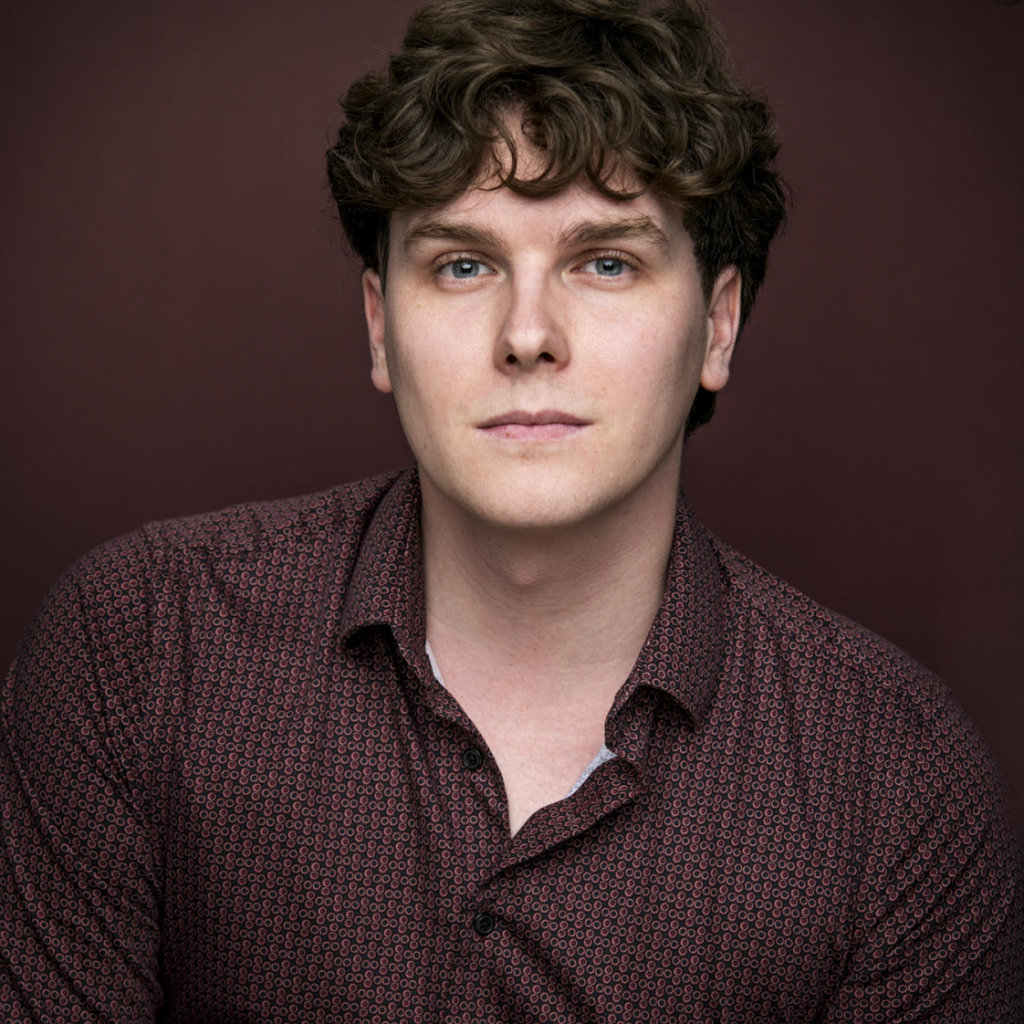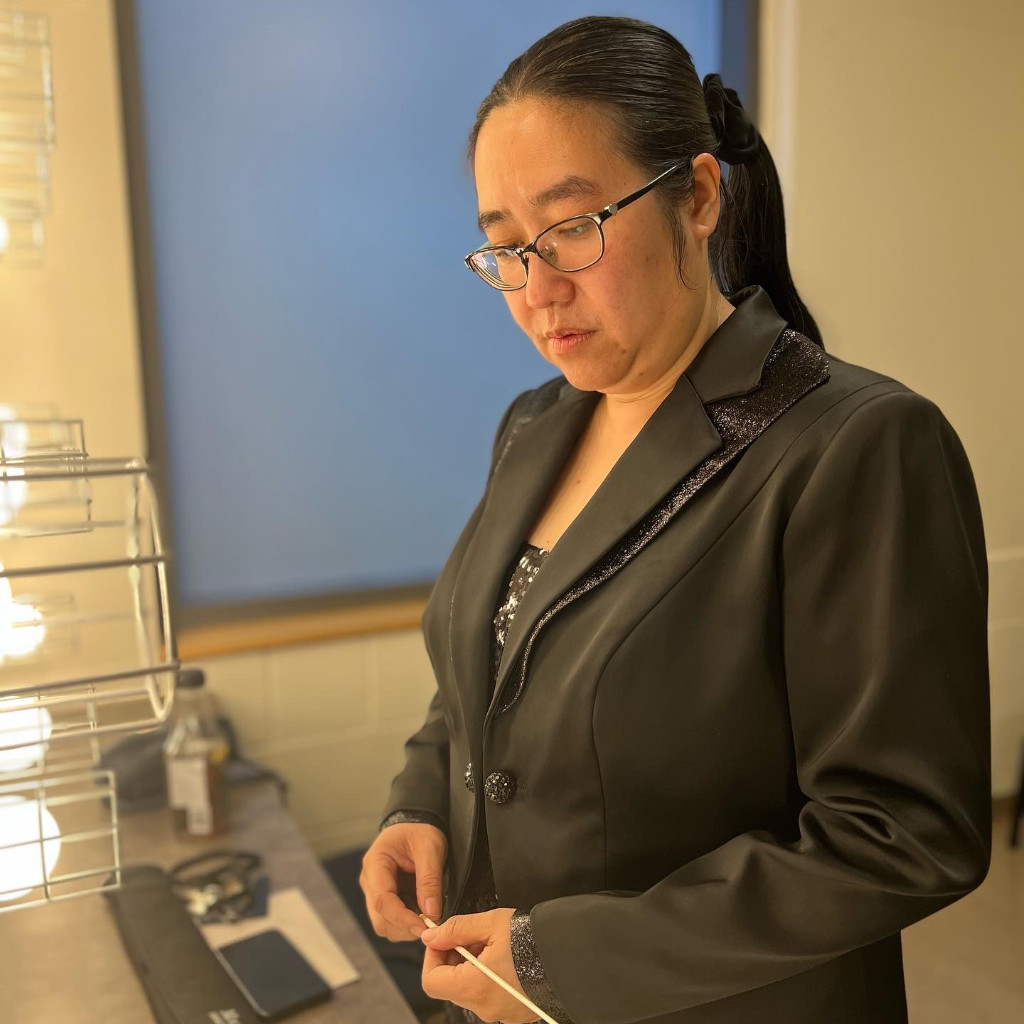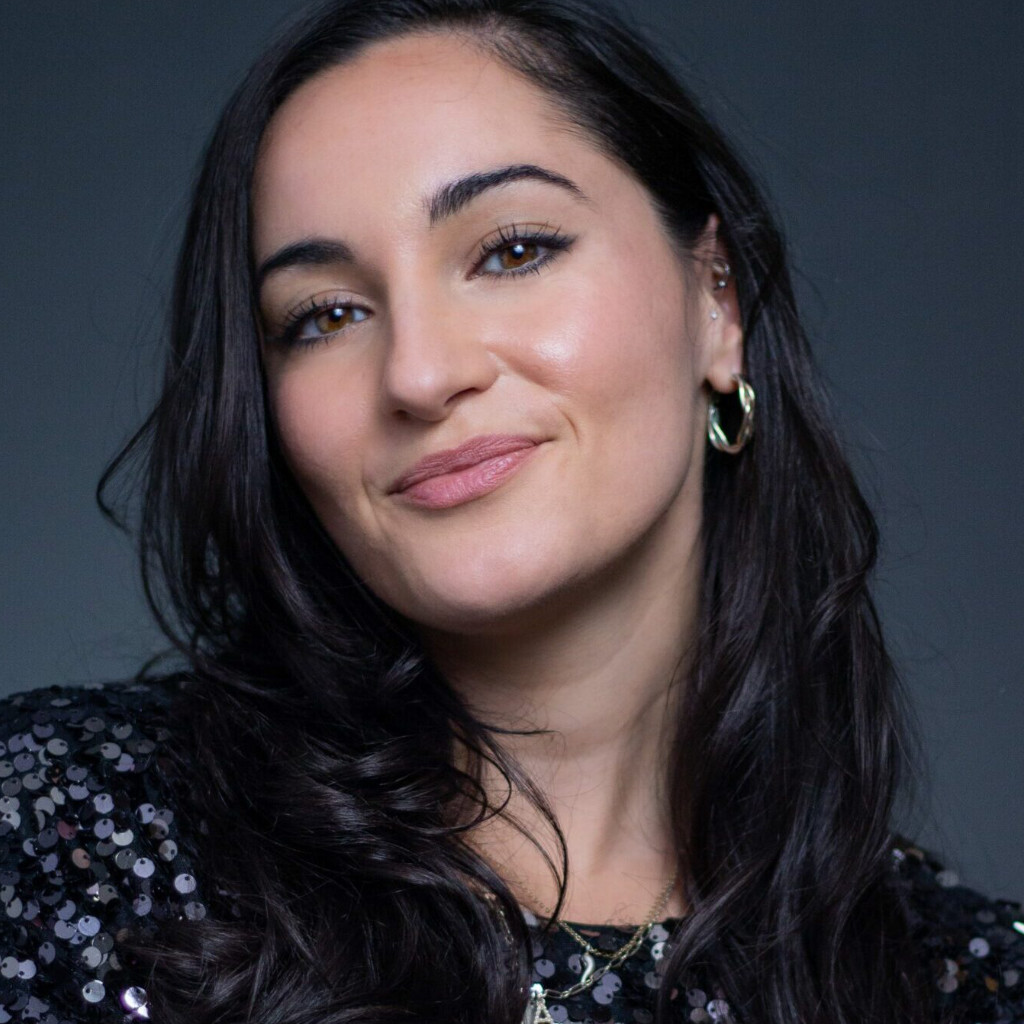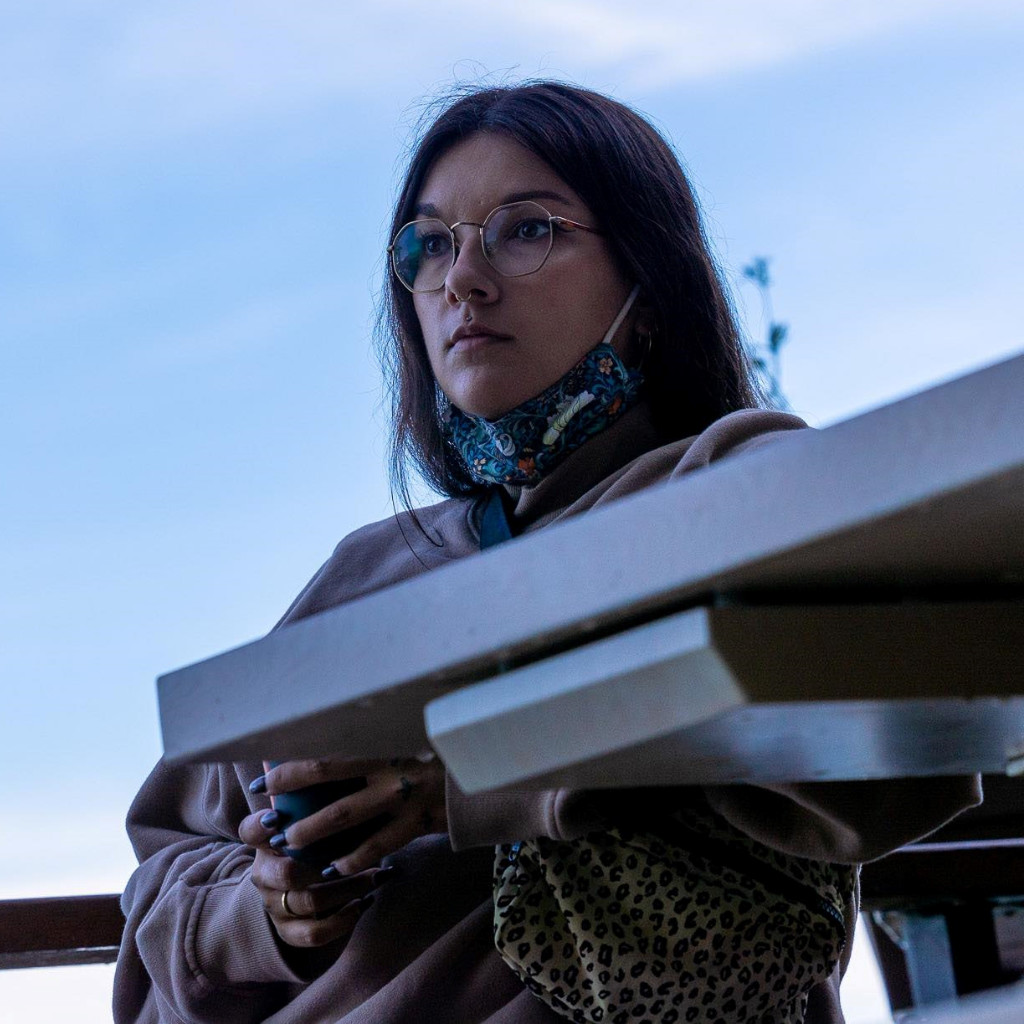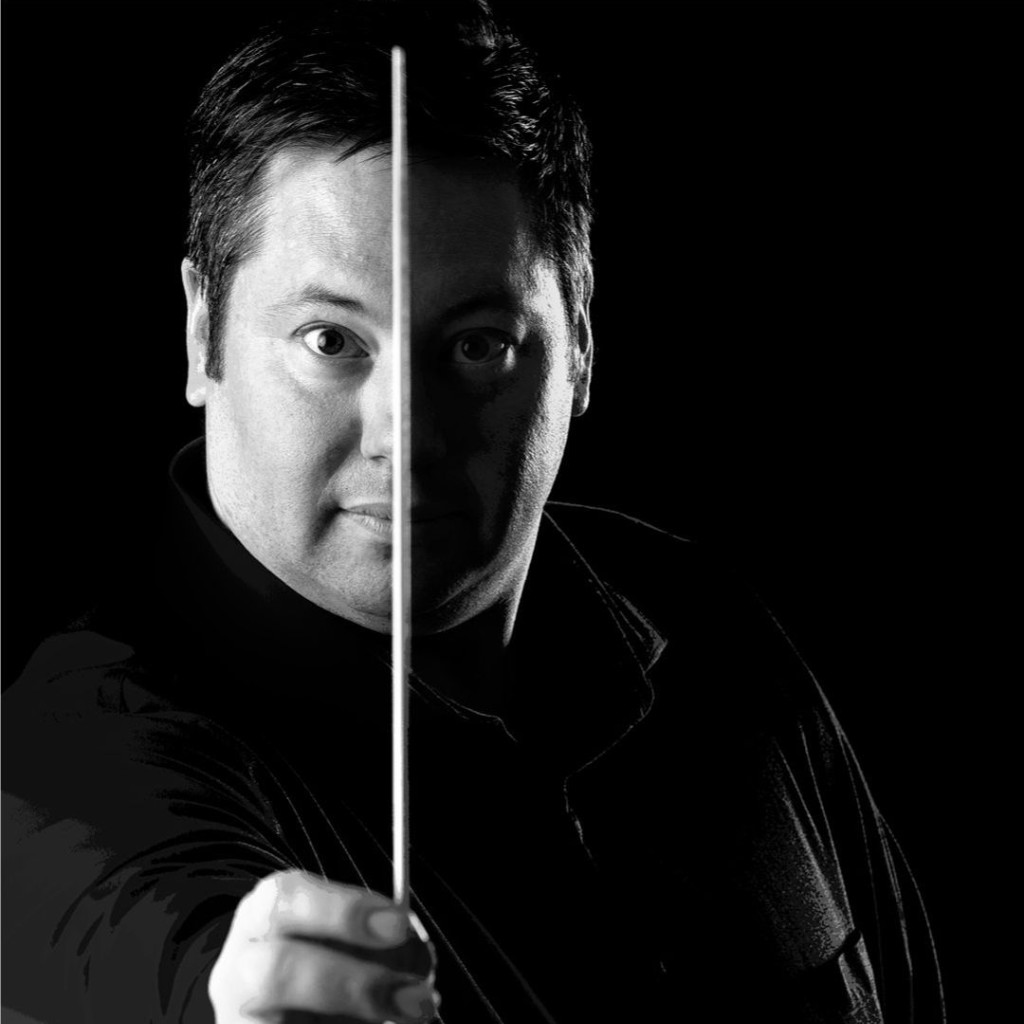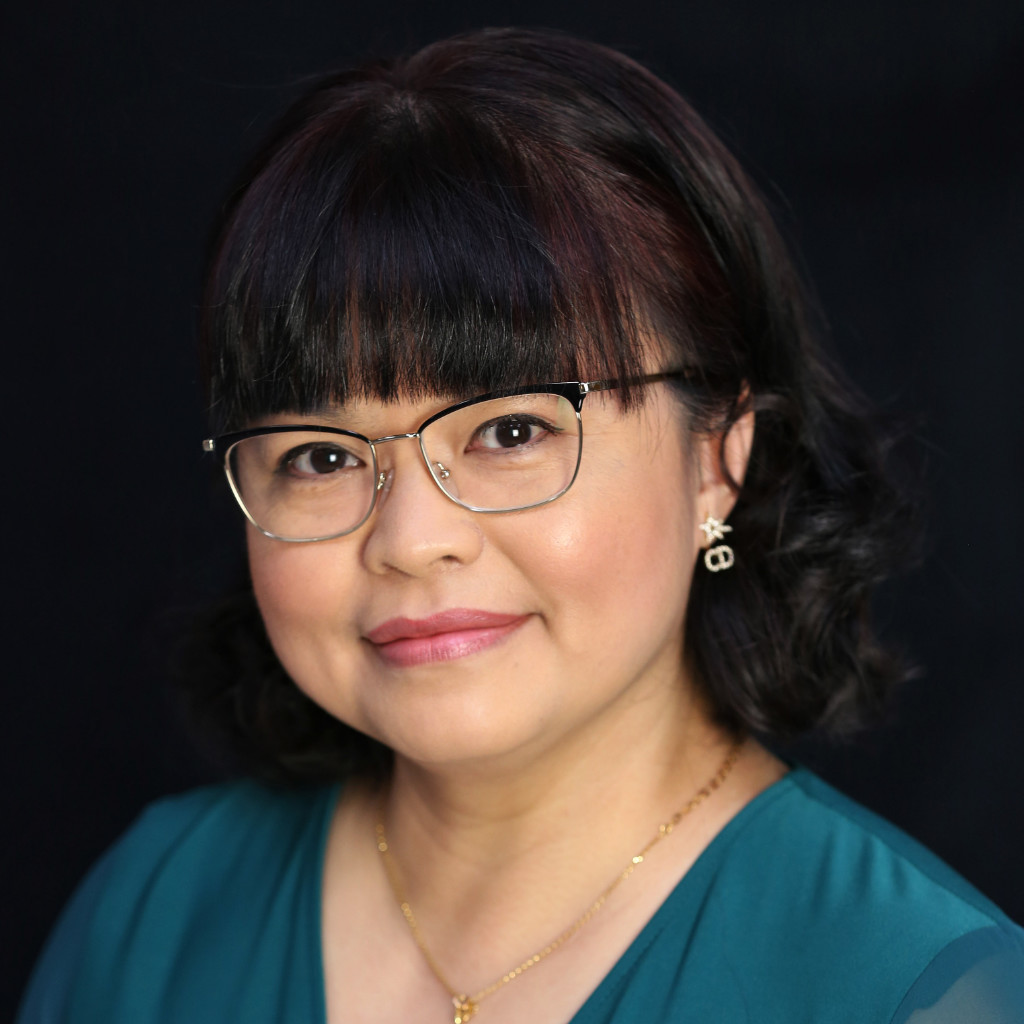The Artists
Cast
Anastasia Winterhalt
Paulina Salisbury
Marcus Merasty
Allison Moores
Jayden Burrows
Sanjana Brijlall
Crew
Jennifer Tung
Amanda Testini
Maria Zarrillo
Shaun Bzdel
Catherine Hui
Barb Kowaliuk
Additional Artists
Emma Gillingham, Off-stage Voice
Violin – Michael Swan, concertmaster
Violin 2 – Oxana Ossiptchouk, principal
Viola – Jim Legge, principal
Cello – Joel MacDonald, principal
Bass – Troy Morris, principal
Flute – Allison Miller, principal
Oboe – Erin Brophey, principal
Clarinet – Eric Braley, principa
Bassoon – Stephanie Unverricht, principal
Horn – Carol-Marie Cottin, principal
Trumpet – Aaron Bueckert, principal
Percussion – Brad Lister, principal
Keyboard – Michelle Aalders & Kerry Agnew
Production Crew
Erin Brophy, Fight Director
Yash Kathrotia, Videographer
Darrell Bueckert, Audio Technician
Emilee Kowaliuk, Costumes (sewing, fittings and alterations)
Karen Reynaud, Production Manager
Spencer McKnight, Production Assistant
Emma Gillingham, Production Assistant
Letter from Stage Director Amanda Testini
When Mark approached me to direct The Medium, he said he wanted it to be at Convocation Hall, in the round, and for it to feel like a seance. How could I say no to a fun offer like that?! I immediately said yes and started doing research.
The Medium was first performed in 1946, and though Menotti suggests setting the opera in ‘present day’, I was inspired by the gothic setting of Convocation Hall, by the rumours of its haunting, and by the rise of Spiritualism which reached peak popularity between the 1840s and 1920s. With this in mind, I decided to place this story in the late Victorian era, and conjure the opera up as a ghost story.
Menotti’s tragic tale is short but packed with love, drama and the unexplained. It’s about a woman coming from difficult circumstances who does what she needs to do to survive, however, her past comes back to haunt her, leading to a psychological breaking point and ultimately the harm of others. It explores themes of loss, grief, trauma, deception of others and deception of self, all set to luscious, complex music.
I hope The Medium brings you a bit of spooky entertainment, and a reminder that we get to choose what about our past stays with us, and what we can leave behind.
A big shout out to Karen, Spencer, Catherine, Shaun, Maria and the entire SSO team for all their hard work to bring this production to life. Thank you.
Collaborating for the future
For years the SSO and Saskatoon Opera have worked closely together. Both formally and informally, the two organizations have shared a passion for presenting music experiences that shine light on the human condition.
After many years of discussion, the two entities have joined to become one.
What we do, what we put on stage, is beautiful and inspiring and expensive. With prairies arts organizations facing a deeply challenging lack of government supports after many years of no increased investment, the question became clear: how do we find ways to still bring opera to Saskatchewan.
Joining forces allows our two organizations to leverage our resources to carry on presenting the thrilling human voice in operatic repertoire.
Will it be the same? No, not quite. But change can also be a very good thing.
In the coming years we’re thrilled to present new opera experiences in immersive productions and semi-staged concert settings that will showcase the stunning orchestral scores with their full forces.
We have plans to expand the successful opera pub programming, continue the summer Proms, and showcase voices that need to be heard.
Our sold out performances of a new take on Menotti’s The Medium this weekend are a great example of what can happen when collaboration and ideas collide.
Watch for more information as our two organizations become one – it’s a brave new world for music in all its mediums.
Synopsis
The short overture to Act One creates an instant sense of foreboding; the first vocal music, “Where are my new golden spindle and thread,” gives us an immediate clue to the character of the singer, Monica. Her music is almost always simple and folklike, and shows a romantic, fairy-tale imagination utterly at odds with the cynical use her mother makes of her.
The young people play games together instead of preparing for the evening’s seance, but in the music we hear the sudden slamming of the door. Baba appears, angry that nothing is ready and that Toby has been costuming himself in her clothes. She has been out to collect money from a former client, and triumphantly slaps it down on the room’s big table to announce her success.
The seance preparations, now quickly made, include thin wires attached to the table, which Toby surreptitiously pulls from behind the curtain of a puppet theatre. Monica wears the ghostly veils. She and Toby are hidden by the time the shrill call of the doorbell announces the arrival of Mr. and Mrs. Gobineau and Mrs. Nolan.
The Gobineaus reassure Mrs. Nolan that they have never failed to hear the voice of their Mickey. As the lights are lowered and the seance begins, Baba begins to moan eerily, and Monica becomes visible in the corner: “Mother, mother, are you there?”. Mrs. Nolan believes this is her dear Doodly, and Monica sings to her about putting away her grief; she is happy where she is, only her mother’s sadness makes her sad too. Once again, the musical style for Monica is simple and gentle, even though she is expressing more complex emotions in this aria.
Mr. Gobineau now begs for his son, and faint childish laughter is heard. The illusion is complete, when suddenly Baba screams: she has felt the touch of a cold hand, and now nothing can be the same for her.
Stamping and shouting, Baba insists that the clients leave, and we hear the door once again as they depart in bewilderment and distress. Baba is hysterical; with a violent gesture she pulls back the curtain of the puppet theatre to accuse Toby of trying to frighten her.
Act One draws toward its close with the “Black Swan” aria and duet; it is almost the last period of serenity in the opera, as Toby, in spite of Baba’s accusations, joins in the performance. He cannot sing, but he plays along with the women softly on a tambourine. The act ends with eerie voices and laughter that only Baba, praying frantically, can hear.
The same ominous chords heard at the beginning of Act One open Act Two. Once again Toby and Monica are alone together; he is entertaining her with a puppet play, characterized by lively woodwind music, and she rewards him with a waltz song that becomes a one-sided love duet. Once again, the music reveals the girl’s shining, innocent goodness. As Toby dances for her, and then kneels at her feet, Monica not only tells him of her love, but speaks for him, of the love she realizes he feels for her.
The door slams; Baba has returned. She has turned from the conscience-stricken remorse and prayerful pleading at the end of Act One to an old refuge: drink. Monica has fled to her room, and Baba is alone with Toby. In the most lyrical music so far, she reminds the boy how she has cared for him all his life, and promises to reward him if he will just confess that he tried to frighten her with a ghostly touch. The boy makes no sign either to acknowledge or deny, and Baba again becomes violent; the boy’s shirt is suddenly ripped from his back, and in final desperation, Baba grabs a whip to beat him. Will she beat him to death? She does not get the chance, because the doorbell shrills again, to announce the return of the Gobineaus and Mrs. Nolan. Baba has forgotten there was supposed to be a seance tonight.
Once again we hear money being slapped down on the table; Baba confesses the deception, concluding with, “There is your money.” But the clients refuse to believe that they have not seen and heard their beloved dead children, not even when Monica demonstrates Doodly’s song and Mickey’s laugh. As Mr. Gobineau puts it, “It might well be you thought you were cheating us all the while, but you were not, you were not.” They plead for one more seance, but Baba drives them out mercilessly. She also turns once again on Toby, drives him away too, and locks Monica in her room.
Alone, in a drunken, grieving stupor, she recalls the poverty and degradation she witnessed in her youth, but those terrible things never made her afraid; why is she afraid now? Once again she prays, for forgiveness this time, and then falls asleep. Toby now creeps back; he scratches gently on the locked door, but there is no response. He runs behind the couch when Baba knocks over the bottle she had been drinking from, but emerges when he sees she is still asleep. Tiptoeing behind Baba, he heads for the trunk where he keeps his tambourine; when he accidentally drops the lid, with a loud crash, Baba awakens.
Toby hides behind the curtain of the puppet theatre, so Baba sees no one; she must have heard the ghost! In terror, she grabs a gun and shoots at the curtain; with a rip and a crash, his dead body falls forward, and she screams in triumph, “I’ve killed the ghost!” Monica pounds on the bedroom door, demanding to be released; seeing the bloody scene, she runs away screaming for help.
“As the curtain falls,” the composer writes, “Baba kneels over Toby’s lifeless body, desperately seeking the truth in his unanswering eyes.”
— Andrea Lamoreaux
Andrea Lamoreaux is Program Executive at Fine
Arts Radio Station WFMT-FM in Chicago.
Gian Carlo Menotti, composer
Gian Carlo Menotti (July 7, 1911 – February 1, 2007) was an Italian-American composer, librettist, director, and playwright who is primarily known for his output of 25 operas. Although he often referred to himself as an American composer, he kept his Italian citizenship. One of the most frequently performed opera composers of the 20th century, he wrote his most successful works in the 1940s and 1950s. Highly influenced by Giacomo Puccini and Modest Mussorgsky, Menotti further developed the verismo tradition of opera in the post-World War II era. Rejecting atonality and the aesthetic of the Second Viennese School, Menotti’s music is characterized by expressive lyricism which carefully sets language to natural rhythms in ways that highlight textual meaning and underscore dramatic intent.
Like Wagner, Menotti wrote the libretti of all his operas. He wrote the classic Christmas opera Amahl and the Night Visitors (1951), along with over two dozen other operas intended to appeal to popular taste. Many of Menotti’s operas enjoyed successful runs on Broadway, including two Pulitzer Prize winning works, The Consul (1950) and The Saint of Bleecker Street (1955). While all of his works used English language libretti, three of his operas also had Italian language libretti penned by the composer: Amelia Goes to the Ball (1937), The Island God (1942), and The Last Savage (1963). He founded the Festival dei Due Mondi (Festival of the Two Worlds) in Spoleto in 1958 and its American counterpart, Spoleto Festival USA, in 1977. In 1986 he commenced a Melbourne Spoleto Festival in Australia, but he withdrew after three years.
Menotti also wrote music for several ballets, many choral works, chamber music, orchestral music of varying kinds including a symphony, and stage plays. Notable among these are his cantata The Death of the Bishop of Brindisi, written in 1963, and the cantata Landscapes and Remembrances in 1976 – a descriptive work of Menotti’s memories of America written for the United States Bicentennial. Also worthy of note is a small Mass commissioned by the Roman Catholic Archdiocese of Baltimore, entitled Mass for the Contemporary English Liturgy.
Menotti taught music composition on the faculty of the Curtis Institute of Music from 1948 to 1955. He also served as the artistic director of the Teatro dell’Opera di Roma from 1992 to 1994, and directed operas periodically for notable organizations such as the Salzburg Festival and the Vienna State Opera.
Learn MoreAbout The Medium
Despite its eerie setting and gruesome conclusion, THE MEDIUM is actually a play of ideas. It describes the tragedy of a woman caught between two worlds, a world of reality which she cannot wholly comprehend, and a supernatural world in which she cannot believe.
— Gian Carlo Menotti
In the 1990 movie GHOST, the main character is killed in a mugging. Dead at the feet of his girlfriend, he enters into existence as a ghost: able to move about the streets, and to see and touch his beloved fiancée. She, however, cannot see him, or respond to his caresses, or hear his voice. Desperate to communicate, he visits a psychic, a woman who claims she can contact the spirits of the dead. Upon meeting a true ghost, she nearly has a nervous breakdown; instead of manipulating living clients into seeing ghosts that aren’t there, she now finds herself persuaded to convey urgent messages from a real ghost who is manipulating her. The psychic’s successful transformation from con to conduit is, arguably, the most absorbing and memorable aspect of the film.
But for Madame Flora, the fake psychic who headlines Menotti’s opera, an encounter with a perceived supernatural force leads to disaster. Her fear of the unknown and helplessness upon experiencing something she has not planned and cannot understand, causes her whole world to spin out of control.
The particular language of seances, in which people try to communicate with the dead through the aid of a medium or intermediary, gives special meaning to the word “control”: a medium is more psychically articulate than others, allegedly able to bring forward the spirits of dead loved ones. Madame Flora’s seances do not literally posit this kind of controlling spirit, but for her, control is still everything. She has two accomplices in her profession of deception: her daughter, Monica, whose job is to fake ghostly apparitions and voices, and Toby, a mute boy who stages supernatural effects for atmosphere. She believes she has the two young people totally under her thumb, that they will do anything she tells them, being merely living stage props for the con.
And she has control not only over her crew, but also over her clients — who are so grief-stricken over the loss of people they love, that they will believe anything. They both want and need to believe in Madame Flora.
Then, in the midst of a routine evening, just another seance — looking forward, perhaps, to laughing at the fools once they pay their money and depart — Madame Flora feels the touch of a cold hand on her throat. She is terrified. Her clients are with- in sight, motionless, mesmerized; Monica is off in a corner, imitating a ghost; Toby is behind a curtain. Yet someone or something has touched her. She is no longer in control, and she is transformed from a purveyor of the inexplicable into a relentless seeker after an explanation.
Menotti himself analyzed the disintegration of Baba, as her daughter calls her, in these words:
“[She] has no scruples in cheating her clients…until something happens which she herself has not prepared. This insignificant incident, which she is not able to explain, shatters her self-assurance and drives her almost insane with fear. From this moment on, she rages impotently against her still credulous clients, who are serene in their naive and unshakable faith, and against Toby…who seems to hide within his silence the answer to her unanswerable question….Monica, in the simplicity of her love both for Toby and Baba, tries to mediate between them. But Baba, in her anxiety and insecurity, is finally driven to kill Toby, ‘the ghost,’ the symbol of her metaphysical anguish, who will always haunt her with the riddle of his immutable silence.”
Toby, of course, can neither deny nor confess any mischievous interference with the events of the staged seance. He cannot speak in his own defense. Monica is helpless to defend him or to comfort Baba, whose fear she does not understand, and Baba is helpless to overcome her terror and guilt. Obsessed with regaining control over her increasingly chaotic world, she destroys all by a murder that gives no answer at all except Toby’s dead body, with a mouth that spoke no words this side of the grave, and will never speak from beyond it either.
Menotti wrote both the words and the music for The Medium. Here he describes its genesis:
“Although the opera was not composed until 1945, the idea… first occurred to me in 1936 in the little Austrian town of St. Wolfgang near Salzburg. I had been invited by my neighbors to attend a seance in their house. I readily accepted their invitation but, I must confess, with my tongue in my cheek. However, as the seance unfolded, I began to be somewhat troubled. Although I was unaware of anything unusual, it gradually became clear to me that my hosts, in their pathetic desire to believe, actually saw and heard their dead daughter, Doodly (a name which I retained in the opera). It was I, not they, who felt cheated. The creative power of their faith and conviction made me examine my own cynicism and led me to wonder at the multiple texture of reality.”
Baba, unlike Menotti, cannot confront her cynicism, and is incapable of contemplating the “multiple texture of reality”. She reacts to the phantom touch with panicky fear, which bewilders her three clients: Mr. and Mrs. Gobineau, who attend the seances to hear the happy laughter of their son Mickey, who drowned accidentally at the age of two, and Mrs. Nolan, a newcomer who wants to contact her daughter.
After the clients have been sent away, Baba panics again, with a sudden, almost comic attack of conscience: “we must give their money back.” She derives some comfort from Monica, who sings a sad ballad called “The Black Swan”; its slow rhythms and mournful tune, its focus on death, seem somehow to calm her, and the song ends as a duet.
But the calm does not last long, for while Monica is still singing, Baba seems to hear ghostly laughter and the voice of a young girl. In terror, the medium turns to prayer — perhaps for the first time in a long while — yet over her voice reciting the “Ave Maria” we still hear, as she does, the faint laughter.
In the staged seances, of course, it is Monica who produces the otherworldly voices — but now? Is it her imagination, or a trick, or is there something there?
An opera takes shape through its music, its plot, its characterizations, and finally, its stage setting: scenery, costumes, props, lighting, and the actions of the performers while they are singing.
— Andrea Lamoreaux
Andrea Lamoreaux is Program Executive at Fine
Arts Radio Station WFMT-FM in Chicago.
Barb Kowaliuk
Emilee Kowaliuk
Andrew Linsley
Keith Johnson
Philippa Williams
Stephen Elgar & Vancouver Opera
Fila Testini
St. Joseph High School
Nathan Bzdel
Brady Moore
Cole Hilderman
Josh Bachman
Jeff Kirzinger
University of Saskatchewan – School of the Arts – Drama (Beverley Kobelsky & Ken MacKenzie)
University of Saskatchewan (Office of the President)
Saskatoon Summer Players ( Gwenda MacPherson & Kenn McLeod)
Persephone Theatre (Kody Manson, Ralph Blankenagel & Miranda Hughes – McKnight)
McClure Players (Elaine Reinhart)
Roger Jolly
